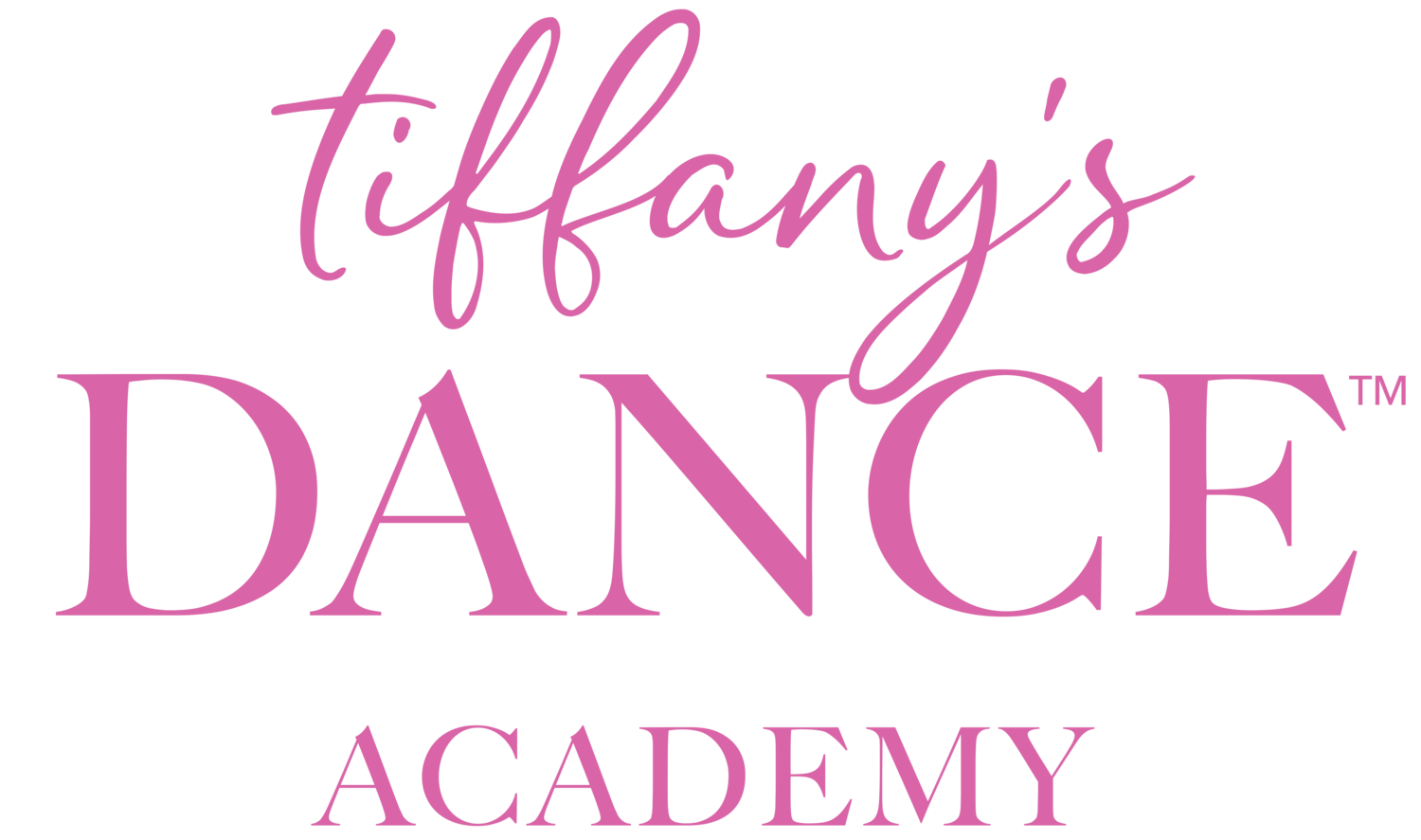Dance: More Than Just Movement - It's a Mood Booster!
by Paul Henderson
April 7, 2025
Heidi Wang (L) and Olivia Zappia (R) Perform “Steam Heat” at Tiffany’s Dance Academy Performing Company dress rehearsal run-thru in February 2025.
We're excited to share some remarkable findings from our recent mood study conducted across our studios. The results confirm what many of us have intuitively known: dance classes significantly improve emotional well-being in our students.
What Our Study Found
After analyzing thousands of mood measurements taken before and after classes, we discovered that students consistently experience a positive shift in their emotional state through dance. On average, dancers' mood ratings increased by nearly half a point on our 7-point scale after just one class.
Some particularly interesting findings include:
Tuesday classes showed the strongest mood improvements, with an average increase of 0.85 points
Ballet classes consistently produced some of the highest mood improvements (0.67 point average increase)
Teen dancers (ages 15-17) experienced the most significant benefits, with nearly a full point improvement on average
Students who attend multiple classes per week showed greater overall mood improvements than those attending just once weekly
Why This Matters
These findings come at a critical time. Research shows that anxiety and depression rates among young people have risen dramatically in recent years, with nearly 60% of teenage girls reporting persistent feelings of sadness or hopelessness.
Dance education offers a powerful antidote to these concerning trends. When your child participates in dance class, they're not just learning steps – they're building emotional resilience through:
Social Connection: Dance classes create meaningful face-to-face interactions that counter digital isolation. Research published in the Journal of Happiness Studies found that activities involving synchronous movement with others create unique bonds that boost mood and well-being.
Physical Activity: Regular movement is strongly linked to improved mental health. A comprehensive review in JAMA Psychiatry found that physical activity significantly reduces depression risk in children and adolescents.
Creative Expression: Dance provides emotional outlets that many young people struggle to find elsewhere. Studies in the Arts in Psychotherapy journal demonstrate that creative movement helps process emotions and build self-awareness.
Community Belonging: Perhaps most importantly, dance studios provide a consistent community where students feel seen, valued, and supported. Research in the Journal of Youth and Adolescence shows that strong community connections serve as a protective factor against depression and anxiety.
Looking Forward
As we continue our classes, we're more committed than ever to creating an environment where students thrive emotionally as well as technically. Our study reinforces that the time your children spend in our studios isn't just about developing dance skills – it's about nurturing their overall well-being.
In a world where young people face unprecedented challenges to their mental health, dance education offers something truly special: joy through movement, connection through community, and confidence through achievement.
Thank you for being part of our dance family and for prioritizing your child's participation in activities that support their emotional growth alongside their physical development.

